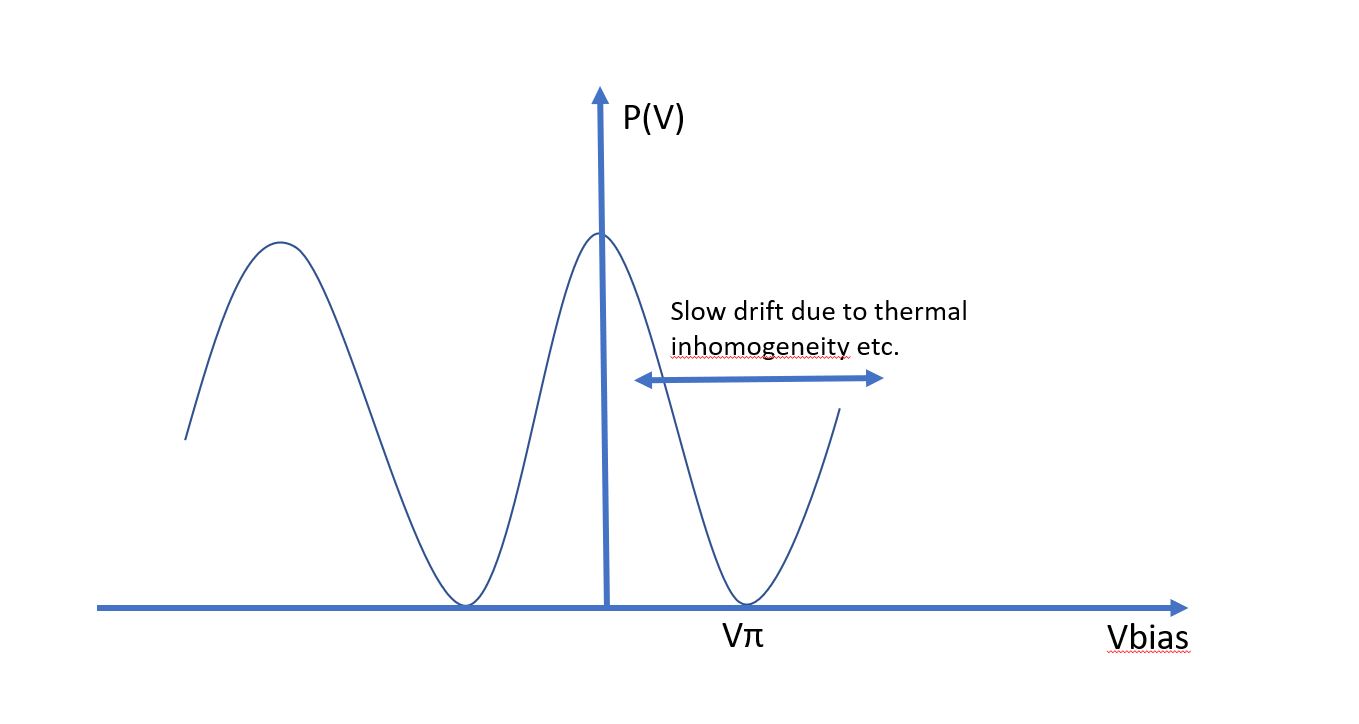
Source: optilab · Nicht auf Lager
Understanding Optical Modulators
Introduction to Optical Modulators
Optical modulators play a crucial role in various applications such as optical data transmission, laser printing, and laser material processing. They are used to modulate the intensity of light, which is essential for controlling the optical power of a beam accurately.
Types of Intensity Modulators
Intensity modulators can be based on different physical principles, each offering unique characteristics suited for specific applications. Some common types include acousto-optic modulators, electro-optic intensity modulators, electroabsorption modulators, modulators based on semiconductor optical amplifiers, and liquid crystal modulators.
Acousto-optic Modulators
Acousto-optic modulators utilize sound waves to modulate the optical power of light. They are used in applications such as laser printers and mode locking of lasers. These modulators can be polarization-dependent or polarization-independent, offering flexibility in various setups.
Electro-optic Intensity Modulators
Electro-optic modulators, based on Pockels cells, modulate light intensity by varying the applied voltage. They offer high modulation bandwidths and are suitable for fast modulation requirements in applications like optical communications. However, they may require high drive voltages, especially for achieving a full transmission range.
Electroabsorption Modulators
Electroabsorption modulators operate based on the Franz-Keldysh effect in semiconductors. They are compact devices with high modulation bandwidths and require smaller drive voltages compared to electro-optic modulators. These modulators are commonly used in telecom transmitters.
Modulators based on Semiconductor Optical Amplifiers
Semiconductor optical amplifiers can also function as intensity modulators by controlling the gain through drive current. These modulators offer high modulation speeds and can be used for generating short pulses in fiber amplifier systems. They provide a high extinction ratio and are suitable for specific applications.
Liquid Crystal Modulators
Liquid crystal modulators modulate light intensity by manipulating the polarization of light using a liquid crystal material. They operate at low drive voltages and can work with large apertures. However, they have limitations in terms of modulation bandwidth. Spatial light modulators based on liquid crystals allow independent modulation of different parts of the beam area.
Conclusion
Optical modulators are essential components in various optical systems, enabling precise control over the intensity of light. Understanding the different types of intensity modulators and their characteristics is crucial for selecting the most suitable modulator for specific applications. Each type offers unique advantages and limitations, catering to diverse requirements in the field of photonics.

Source: Aerodiode
Feel free to comment your thoughts.



